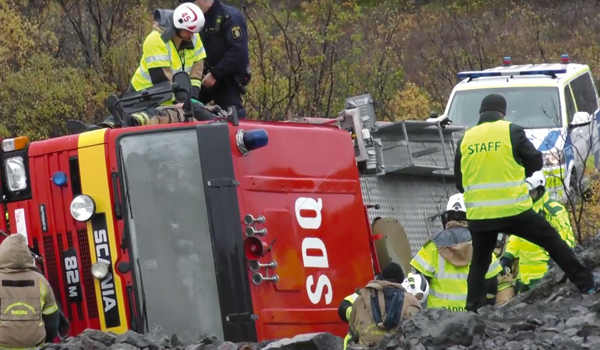Facial recognition technology underused
In a study to evaluate some of the latest automatic facial recognition technology, researchers at Michigan State University (MSU) were able to quickly identify one of the Boston Marathon bombing suspects from a law enforcement video as part of an experiment to demonstrate the potential of the systems.

In a study to evaluate some of the latest automatic facial recognition technology, researchers at Michigan State University (MSU) were able to quickly identify one of the Boston Marathon bombing suspects from a law enforcement video as part of an experiment to demonstrate the potential of the systems.
In the Pattern Recognition and Image Processing laboratory, Anil Jain, a professor in the MSU department of computer science and engineering, and Josh Klontz, a research scientist, tested three different facial-recognition systems. By using actual law-enforcement video from the bombing they found that one of the three systems could provide a rank one identification a match of suspect Dzokhar Tsarnaev.
The other suspect, Tamerlan Tsarnaev, the one ultimately killed in the shootout with police, could not be matched at a sufficiently high rank, partly because he was wearing sunglasses, said Mr Klontz. The younger brother could be identified.
He said the study was revealing in that facial recognition technology could successfully handle some cases in which facial images extracted from a video were captured under favorable conditions.
Under controlled conditions, when the face is angled towards the camera and the lighting is good, this technology can be up to 99 per cent accurate.
Automatic face recognition can quickly attach a name to a face by searching a large database of face images and finding the closest match. This is what law enforcement agencies typically do for mugshot databases, said Mr Klontz.
It is unknown, Professor Jain added, what automatic facial recognition technologies were used by investigators in Boston. Some algorithms are better suited than others for face recognition in uncontrolled video he said.
While the technology has made great strides in recent years, it doesnt mean that improvements arent needed, said Professor Jain, adding that more police agencies have to put the technology to use.
If you use an automatic system, it speeds up the process, said Professor Jain. Sometimes police get bad tips so innocent people are questioned. Such situations can be avoided with a robust and accurate face-recognition system.
The FBI is currently rolling-out its $1 billion Next Generation Identification system which will enable its agents to match mugshots to faces in crowd photos, as well as use closed-circuit television images against its criminal database. Already in use in some states, the facial recognition technology is expected to go nationwide by next year. This will give law enforcement officials the ability to put their library of mugshots to greater use.


